How to Choose the Best Women's Paddle Board – Common Misconceptions
With so many options, how can one find the best women's stand up paddle board? First and foremost, avoid the common misconceptions. They're out there, but this article will help you overcome those, so you can find the best SUP for women and enjoy what's great about the sport. The love for stand up paddle boarding is due to its many awesome benefits. It offers good exercise, stress relief, outdoor adventure, and it's a lot of fun. Try it yourself and you'll know what we're talking about. To enhance those benefits and increase your love for SUP you'll want to find a board that meets your needs and fits you right. Choosing a board is fun, so don't let the following misconceptions get in the way.

Some SUPs are incredibly versatile and let you add a kayak seat and second blade to your paddle.
Avoid the Following Misconceptions so You Can Choose the Best Women's Paddle Board:
- One size fit all. This is one of the most problematic misconceptions when it comes to women purchasing a paddle board. Each board needs to fit the physical attributes of each rider. Height, weight, strength, and ability are all variables you need to consider when choosing a stand up paddleboard. A board that is unmanageable for the way that you want to paddle can be frustrating. A stand up paddleboard should work with the rider's physical abilities and style of paddling. That way the board actually enhances the overall experience.
- Another misconception is that epoxy is the best type of SUP. There are three types of women's paddle boards to choose from: epoxy, inflatable, and soft top. All are made from different materials, so they react differently when in use and have implications for transport and storage.
- Epoxy boards are made from many layers of fiberglass and epoxy resin. These boards are hard and the closest to a surf board. Epoxy boards are typically used by women who are planning to use them for surfing, racing, and long-distance paddling. Unfortunately, like surfboards, their rigid design means they can get dented and damaged. Hard boards are high-performance but also high-maintenance. They also require a roof rack for transport and a space large enough to keep them in storage.
- Inflatable paddle boards (iSUPs) are ones that can be blown up with a pump. They are easy to transport and store because they can be collapsed and fit into a backpack-sized bag. Some bags even come with wheels built in, making them even easier to transport. And while inflatable SUPs sound like they would not be sturdy, they are actually quite hardy as the tech behind the boards is always improving. Good brands have drop stitch technology and high density, double-layered (or better), military-grade PVC. You would have to be extremely hard on them to do damage. In addition to being hardy, iSUPs are also very stable even compared to epoxy boards when properly inflated, so they're great for women who are learning to paddle board.
- Soft top paddle boards have an epoxy middle and soft outer covering of foam material. Their design is for durability rather than for performance and are commonly given to beginners at rental shops. While their outer softness is nice, they are still extremely rigid due to their epoxy core. That means transport and storage are still issues you'll need to consider.

There are junior boards for young women too.
- The next misconception is that beginners can use the same board width as advanced paddlers. Choosing a board based on the level of ability is important. Women who are just beginning to paddle should look for one that is a very stable all-around shape which will be easier to learn on. One of the things to keep in mind are the board's dimensions. The wider a board is the more stable. However, what you gain in stability you lose in speed. Basically the wider a board, the larger the surface area on the water which in turn slows you down. But that's only an issue if you're planning on racing or keeping up with friends (who are most often similarly equipped). So look for a board that fits your skill level and the type of activity you mostly plan to do.
- The last common misconception is that board type doesn't matter. Although it's true you can use any type of board on any body of water, some are better suited for different situations. Simply figure out what you're looking to get into and pick a board that fits the occasion. That means if you're looking to get into yoga, get a yoga SUP. If you want something for long distance, grab a touring board. Or if you want something more versatile check out an all-arounder or a multi-purpose board. Choosing the right board for the way you want to paddle will give you access to features that make your time on the water more enjoyable.

Relaxing after a session on her Thurso Surf Tranquility Yoga SUP.
Final Thoughts
Choosing a women's paddle board takes some research, thought, and consideration. There are a lot of misconceptions around types of boards and their uses. Paddle boards are never simply going to be a one-size-fits-all scenario. A women's physical stature, paddling abilities, type of board use, experience, and place of use all need to be assessed before investing money into a board. By being mindful of all these things as you make your purchase should make your time on the water more fun, whether you're cruising casually along the coast, practicing your yoga asanas, or pushing yourself to get in some serious exercise. Don't hurry through the purchase without considering all the variables and working out which board is going to suit your particular interests, location, and paddling goals. If you want to dig deeper into other topics that can help you find the best women's stand up paddleboard check out the rest of our blog. Happy paddling!


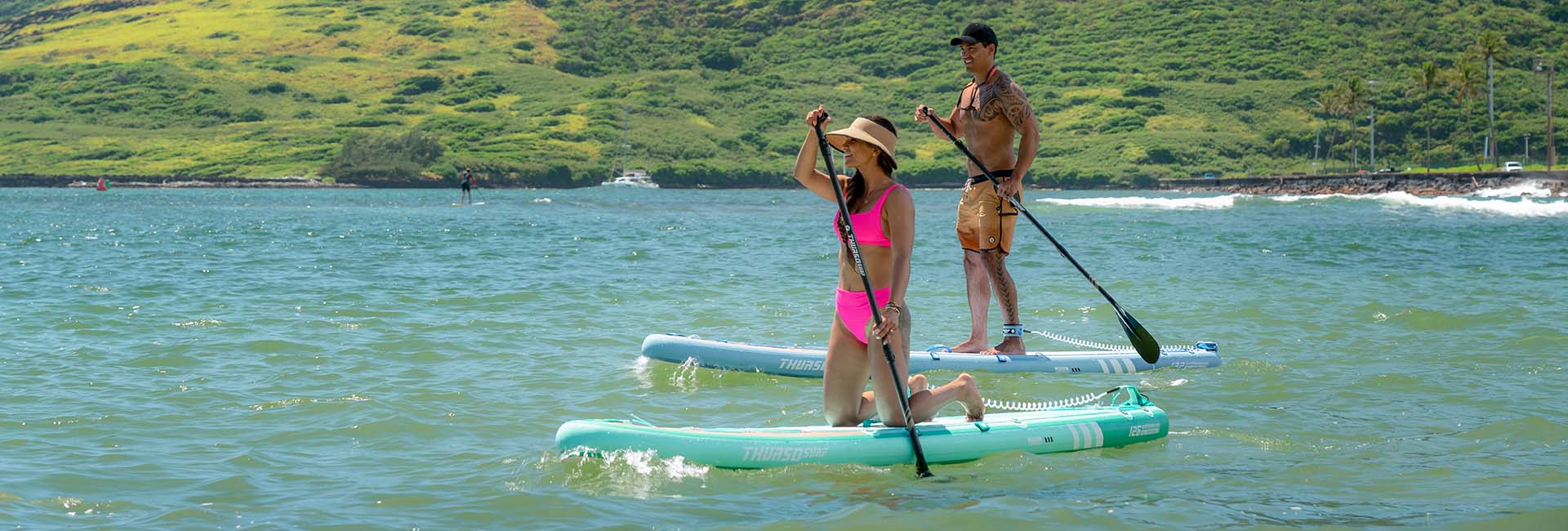
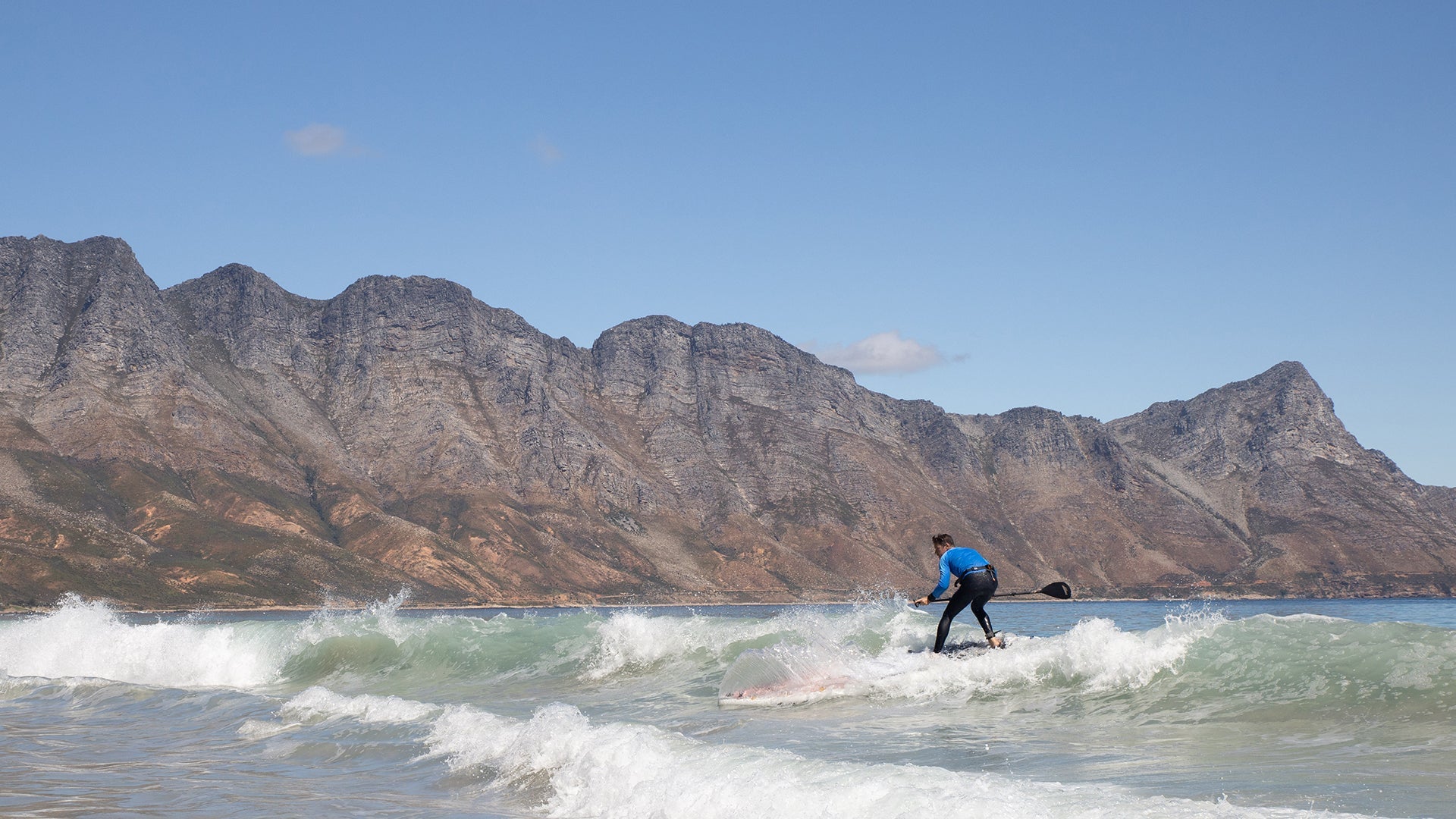

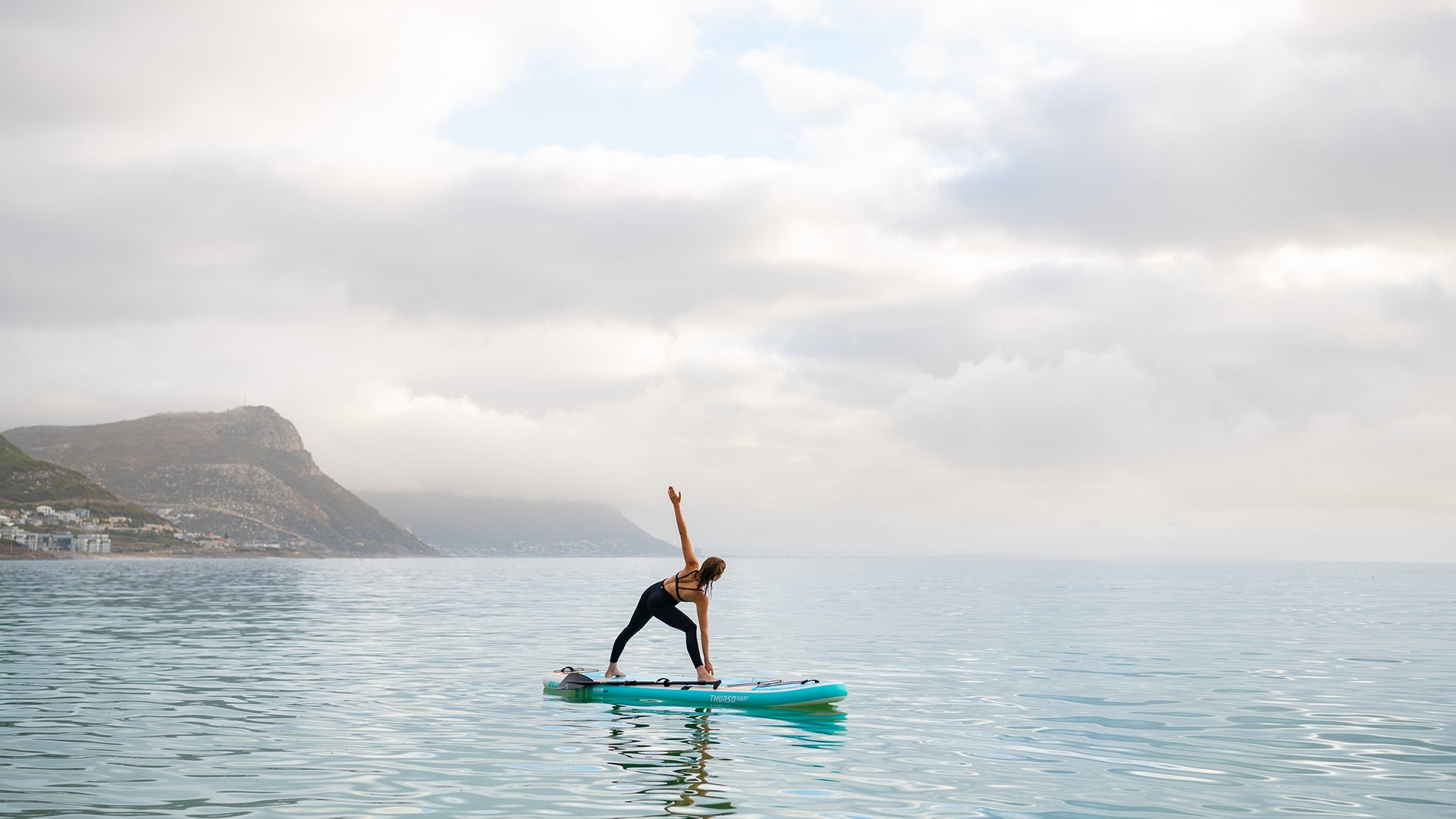
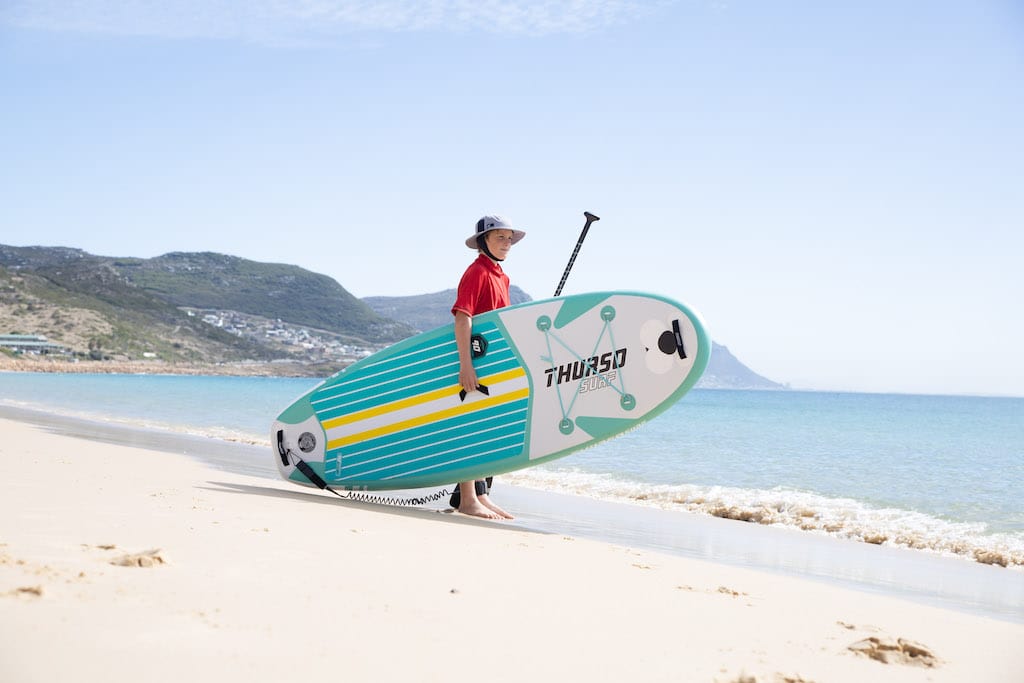
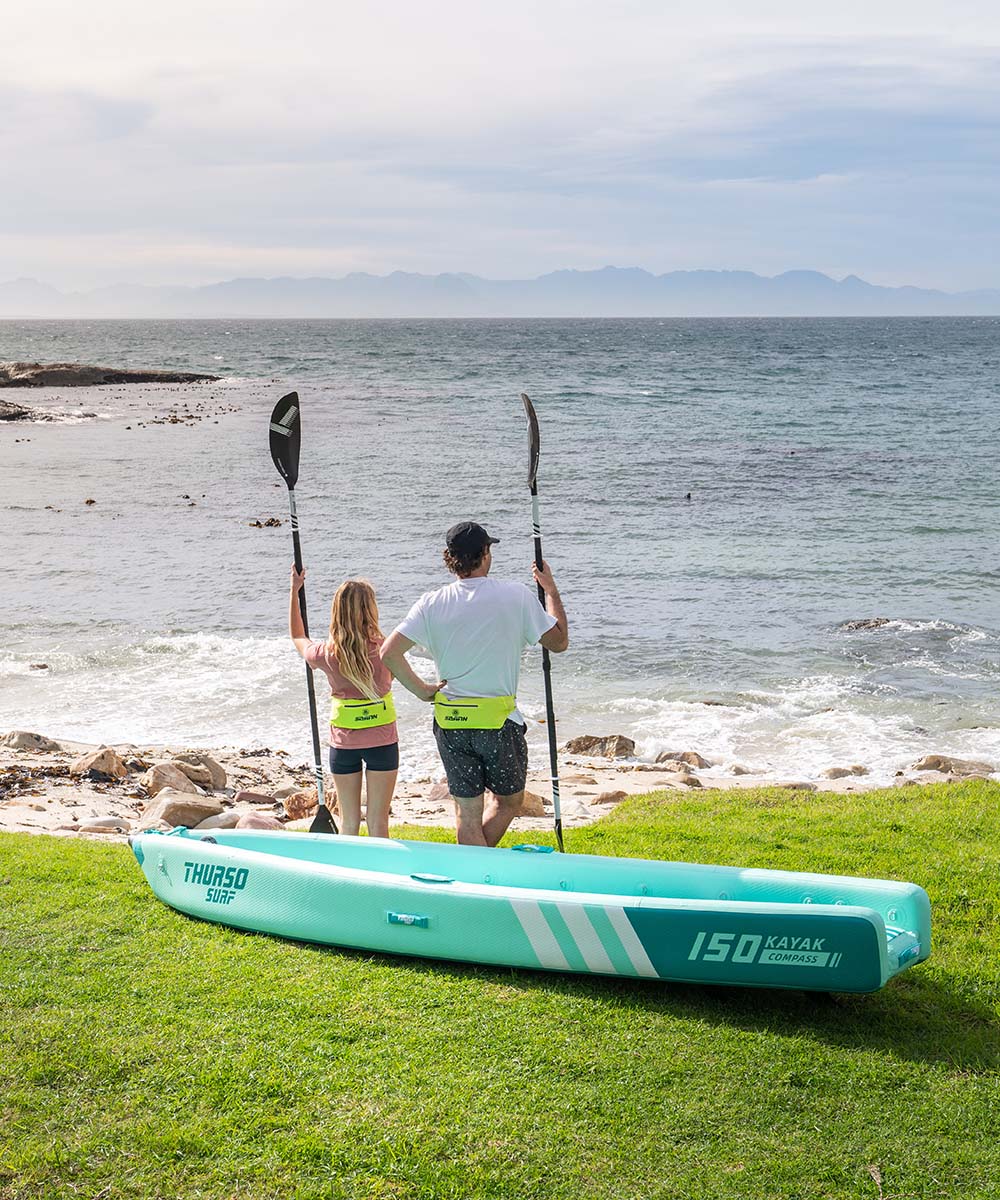
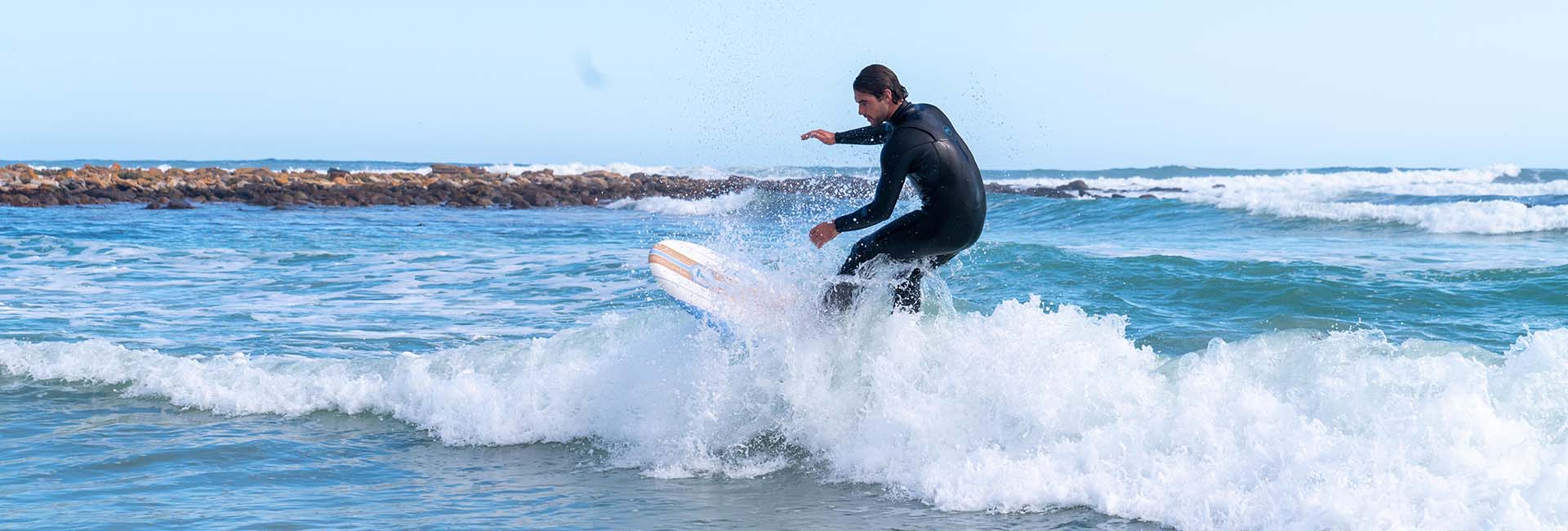
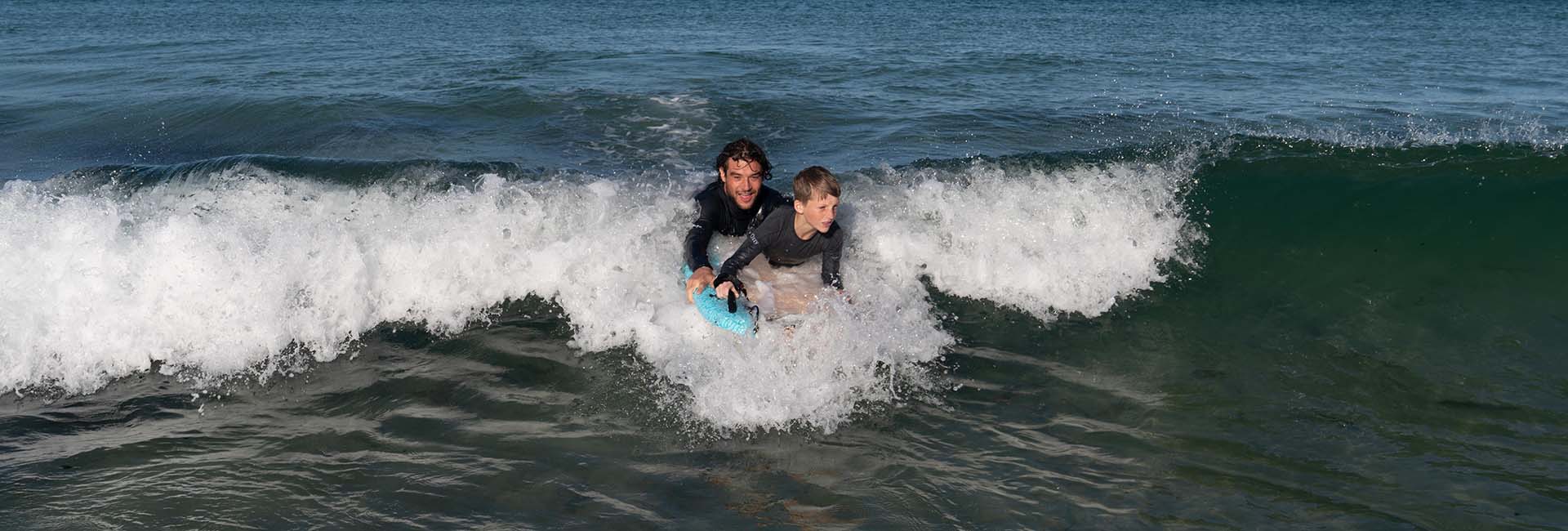
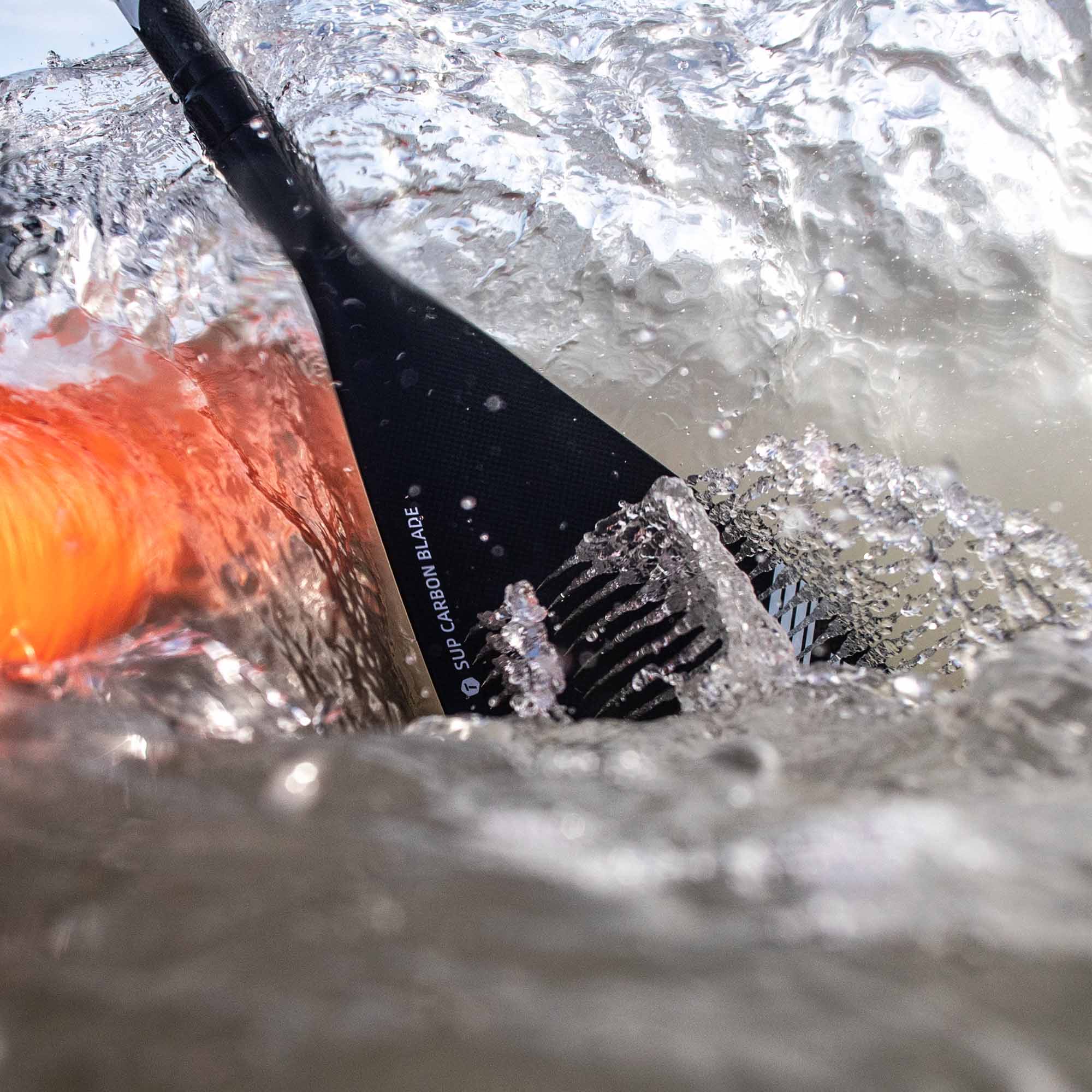
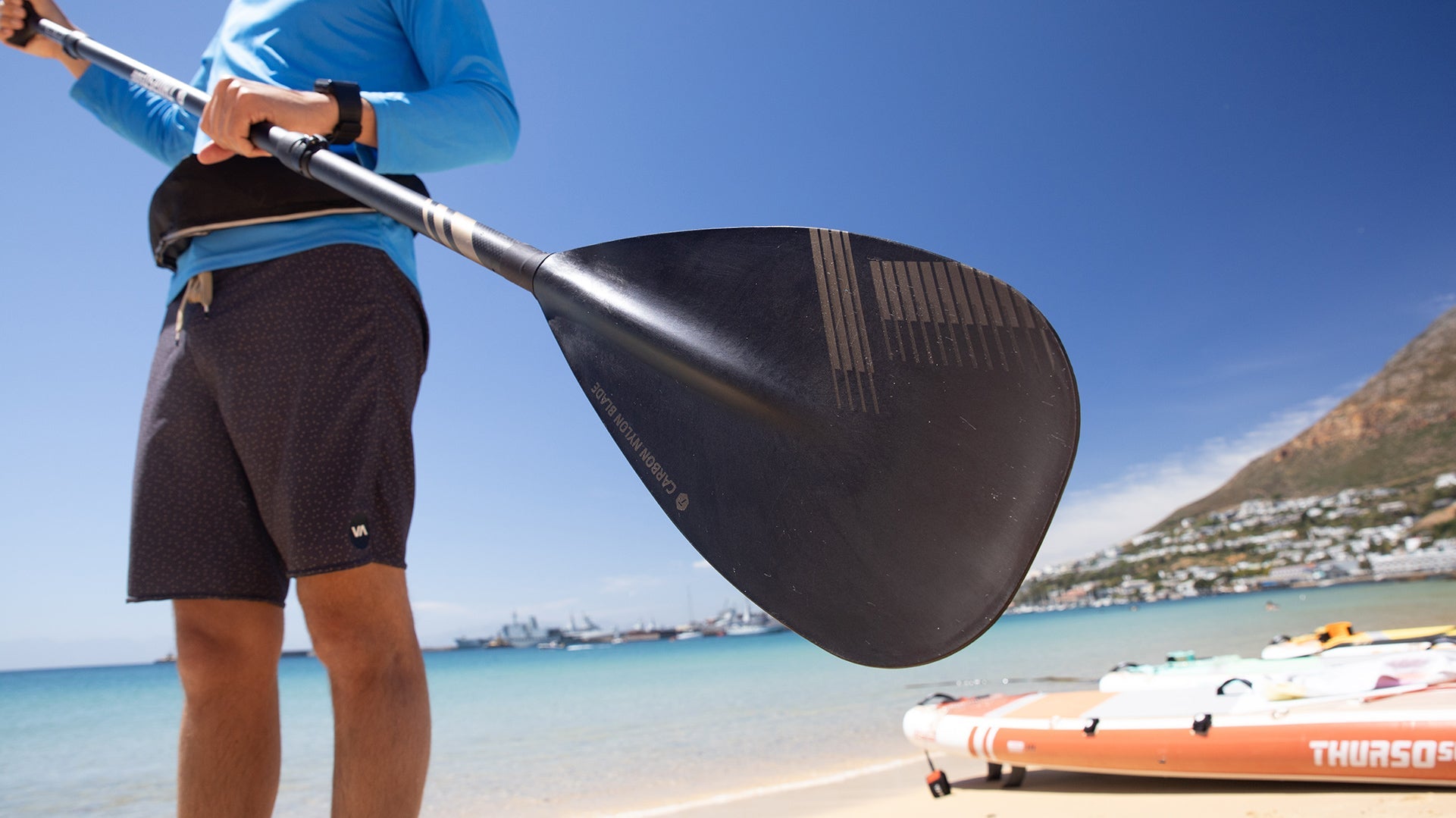
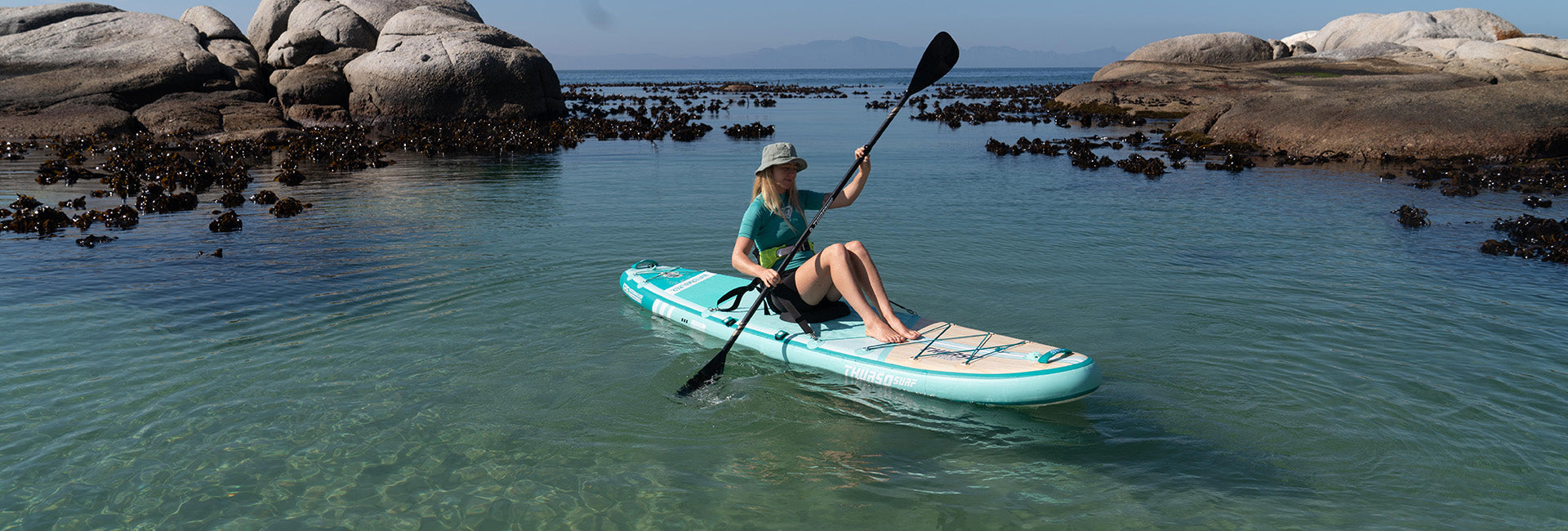

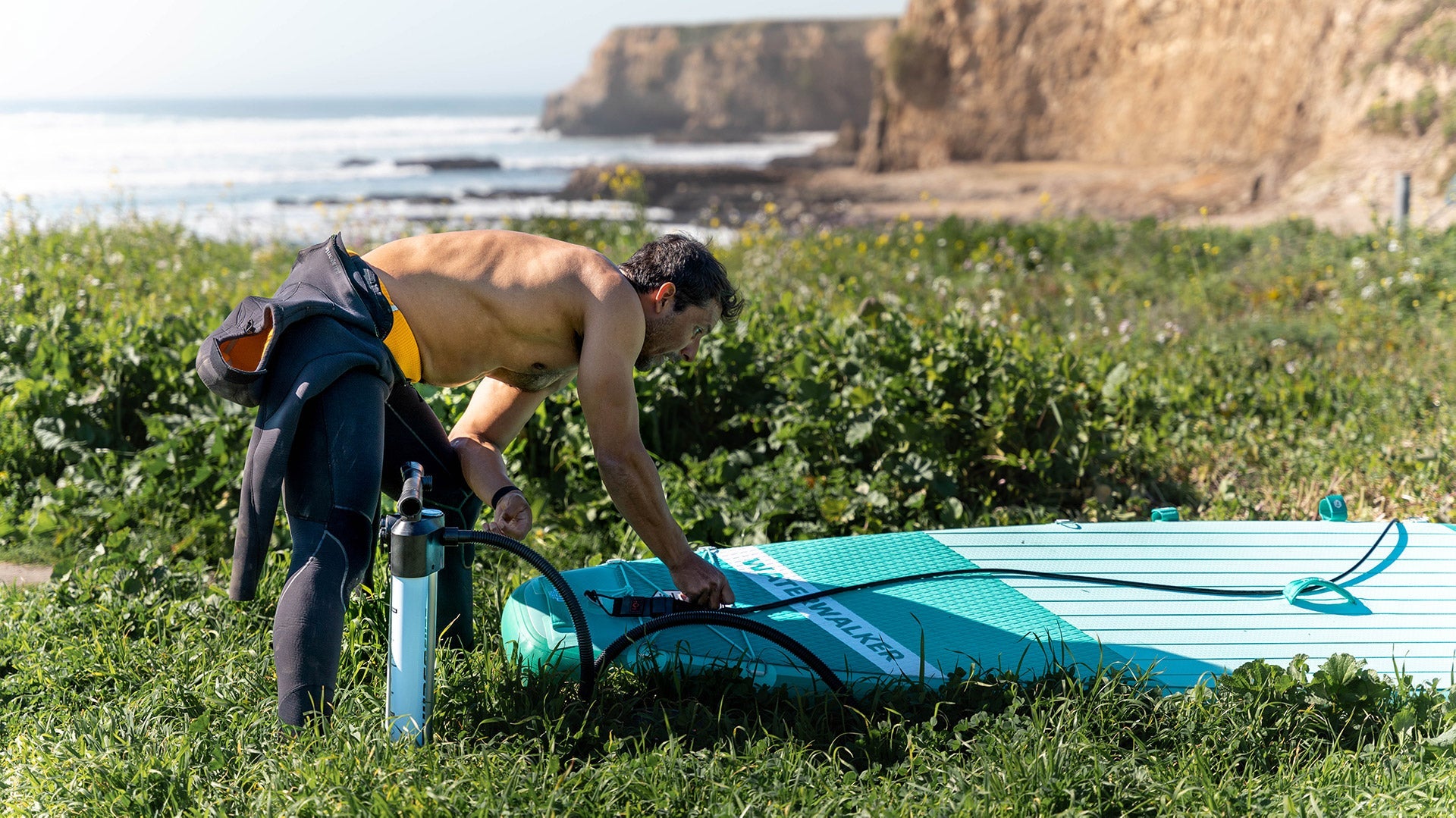
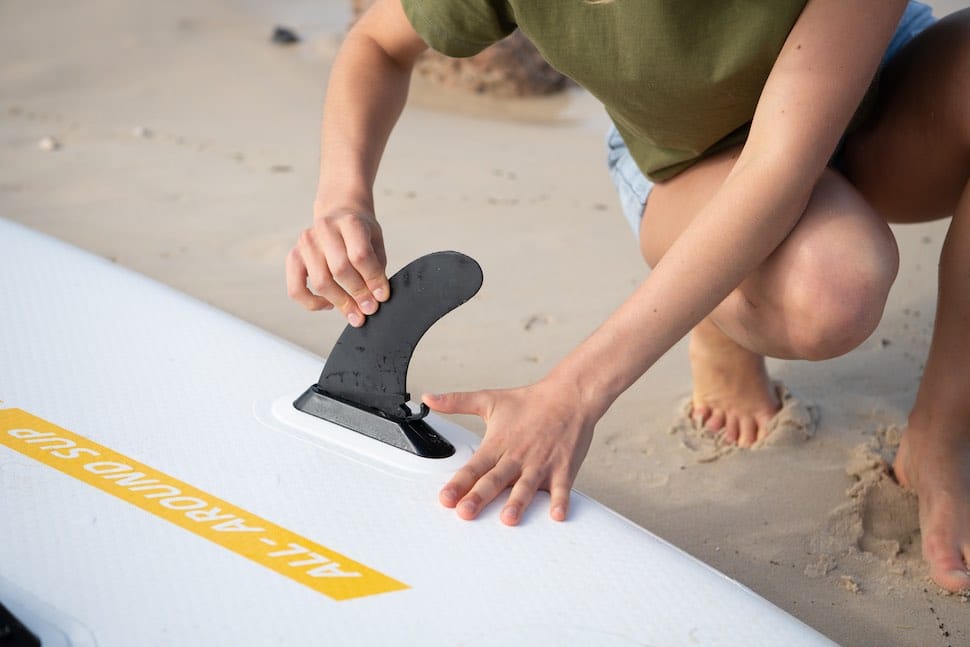



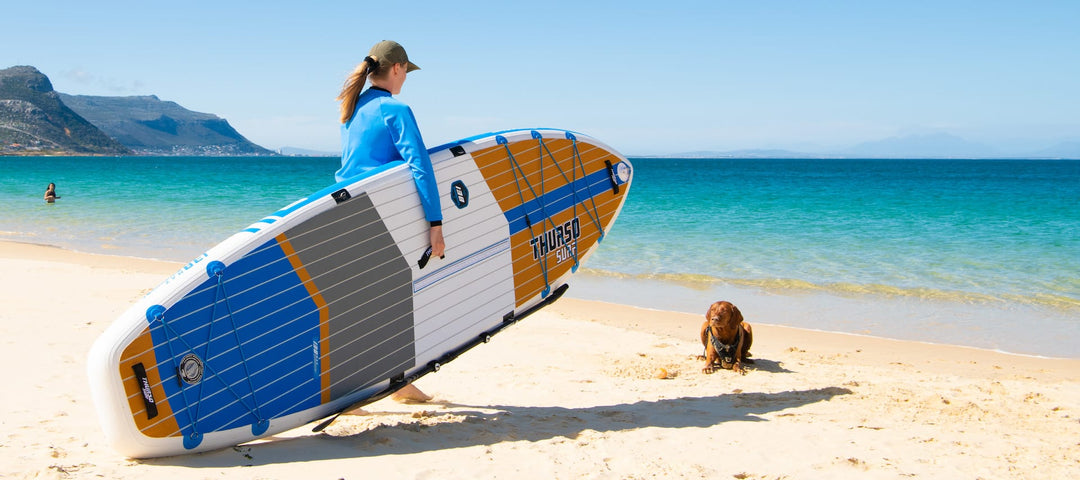


Leave a comment